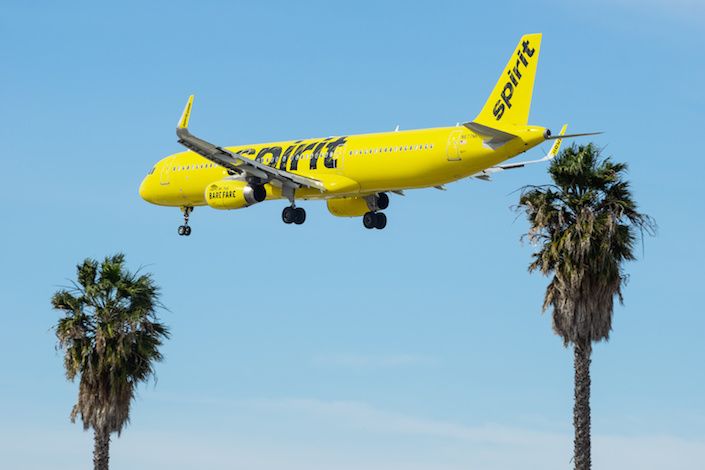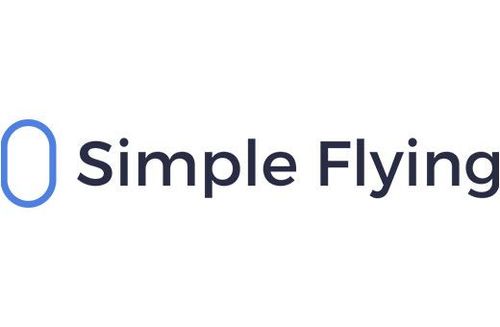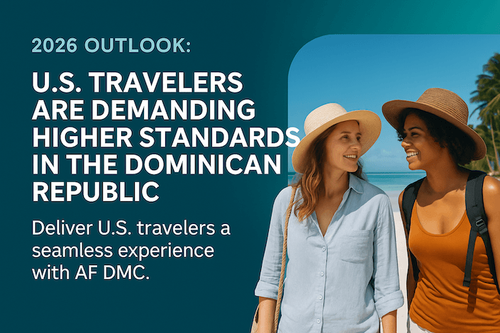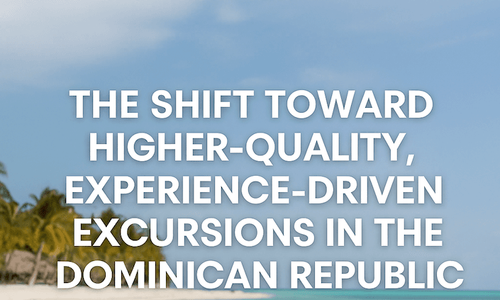Where travel agents earn, learn and save!
News / What does the Frontier Spirit merger mean for US connectivity?
While Frontier and Spirit compete head-to-head on 132 routes, the majority of routes will be new, providing significant expansion opportunity

Spirit and Frontier have announced that they will merge, subject to the approval of regulators. Ending years of speculation about a possible tie-up, they hope it will close by the second half of this year.
The pair are ULCCs, share operating philosophies and strategies, have only Airbus aircraft, are dominant at similar airports, and don't overlap on about 60% of routes. They will have 286 aircraft, comprising A319s, A320s, and A321s. A further 360 or so are on order, especially A320/A321neos. The combined carrier will become the USA's fifth-largest airline with about a 7% share of the total market.
The merger will help reduce seat-mile costs, probably increase yields, improve competitiveness, grow dominance, and increase shareholder value. While it'll have 'only' 7% of the market, it will contribute to a reduction in consumer choice in a country that has already had multiple mergers and acquisitions.
The USA's fifth-largest airline
Between January and August 2022, the USA has 832 million seats for sale to, from, and within the country, according to Cirium data. Spirit is the seventh-largest with 33.7 million, while Frontier is eighth with 22.1 million. Between them, they have 55.8 million seats.
By joining forces, the combined entity will become the USA's fifth-largest airline, overtaking Alaska Airlines and JetBlue. It'll enormously cement its ULCC position, with the next largest ULCC Allegiant, nearly four times smaller. However, it'll remain about 60% smaller than Southwest, the original LCC. This is how the line-up would look if they merged now:
- American: 175.1 million seats between January-August 2022
- Delta: 148.5 million
- Southwest: 140.1 million
- United: 122.3 million
- Spirit/Frontier: 55.8 million
- Alaska: 38.1 million
- JetBlue: 36.7 million
- Allegiant: 14.8 million
- Hawaiian: 8.9 million
- Sun Country: 3.4 million
They don't compete on 60% of routes
The pair won't overlap on most routes, providing considerable network growth for the combined operator. However, they face each other on 132 airport-pairs this January-August period.
Orlando, Denver, Las Vegas, Philadelphia, and Atlanta are Frontier's busiest airports, while it's Fort Lauderdale, Orlando, Las Vegas, Los Angeles, and Detroit for Spirit. By coming together, over half of their capacity will involve Florida. They will have 17% of all the Sunshine State's seats, leapfrogging Southwest to the second spot.
#1 or #2 at 8 of the top-10 airports
If the top-10 airports are combined, Orlando will be firmly number-one, with about 12 million seats and three million more than Las Vegas. The merged operator will rank first or second at most airports, including at Miami, which Spirit began serving in 2021.
It's important to appreciate that Spirit and/or Frontier already have a similar ranking at most of these airports even before merging. What has changed is a small rise in their percentage share, but obviously nowhere near enough to overtake the primary incumbent at core hubs.
- Orlando: 29% share of January-August 2022 seats; ranking the #1 airline
- Las Vegas: 22%; #2
- Fort Lauderdale: 30%; #1
- Denver: 10%; #3
- Atlanta: 5%; #3
- Philadelphia: 17%; #2
- Miami: 9%; #2
- Tampa: 17%; #2
- Dallas Fort Worth: 5%; #2
- Detroit: 11%; #2








